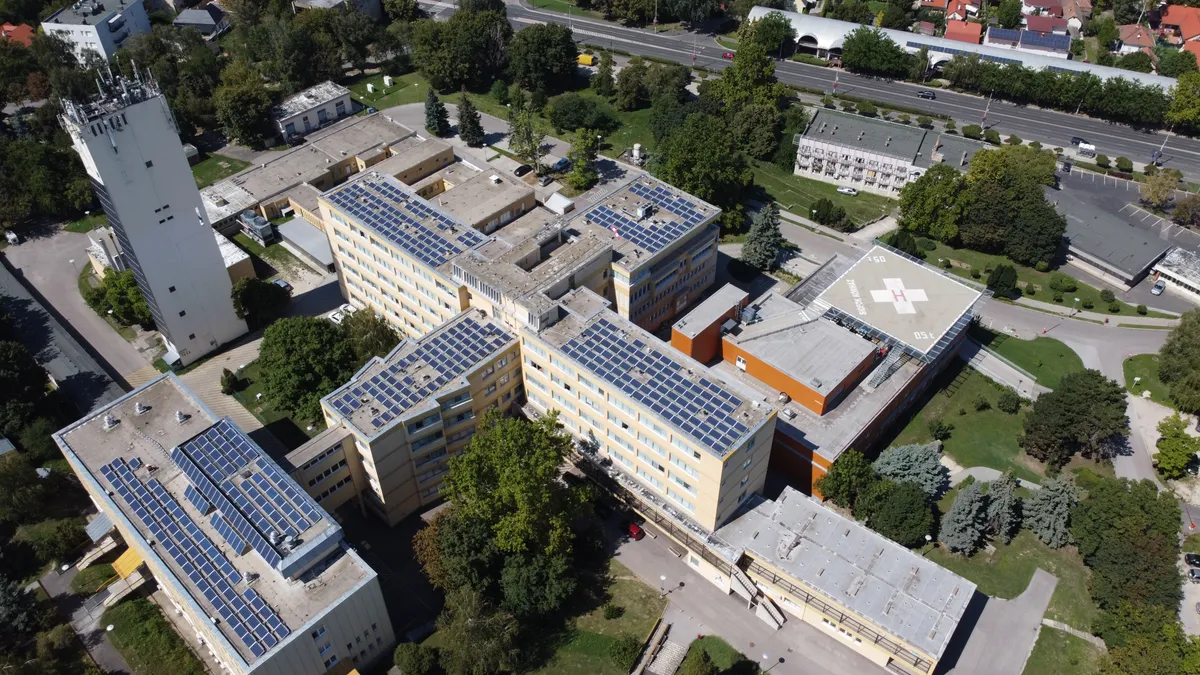Dive Brief:
- Microgrids can be critical for supplying continuous energy and mitigating the effects of climate risk, according to a December report from real estate services firm JLL.
- While these systems may boost energy efficiency and pave the way for improved resilience and more energy independence, they also can help companies meet risk mitigation corporate goals and profitability targets, the report states.
- As the world shifts towards electrification, microgrids can provide building owners and users with “additional channels to meet the increasing demand for electric energy,” per JLL.
Dive Insight:
From 2011 through 2021, U.S. power outages rose 64% from the previous decade due to extreme weather events and natural disasters, according to analysis from Climate Central.
Electricity use also continues to rise, with global demand expected to grow 25% to 30% by 2030, according to the International Energy Agency. Many power grids today are already struggling to meet demand, and greater levels of electrification will only intensify those pressures, JLL says.
Although microgrids’ implementation can require substantial investments in sophisticated infrastructure, they can serve as a critical component of a company’s comprehensive energy resilience strategy, the report states.
“When making an investment decision, it’s crucial to define the complete value proposition of these technologies. In the long term, these distributed energy solutions serve to increase overall asset value for building owners,” the JLL report states.
Microgrids can help drive profitability by cutting costs and mitigating the risk of outages and associated opportunity costs. Moreover, these systems can harness on-site renewable energy sources to boost operational profitability and reduce reliance on expensive grid electricity, it says.
The report emphasizes that healthcare facilities, data centers, warehouses, logistics firms and government buildings are among those that face the highest economic and societal consequences of power outages, thus they can significantly benefit from microgrids.
Healthcare, in particular, is the second-largest commercial energy user in the U.S. and one of the most intensive, according to the U.S. Department of Energy. Microgrids are essential for enhancing emergency preparedness and enabling healthcare facilities to be self-sufficient during emergencies and natural disasters, JLL notes.
Microgrids can confer benefits on data centers in the form of increased reliability and reduced strain on the traditional grid, the report says. It notes that demand response programs can optimize microgrids, shifting the power consumption of data centers based on utility demand and on-site energy generation. This could result in potential cost incentives from utilities, with these systems also providing an opportunity for data centers to maximize energy efficiency, it states.
Microgrids also provide “a critical tool to enable [electric vehicle] charging at the scale needed for electric fleets” at warehouse and logistics facilities, with site electricity now being required to sustain operations for warehouses and fleets, the report says. In addition, for the government sector, microgrids provide enhanced energy security, which is essential for facilities that house sensitive data, critical infrastructure and essential services, JLL says.












